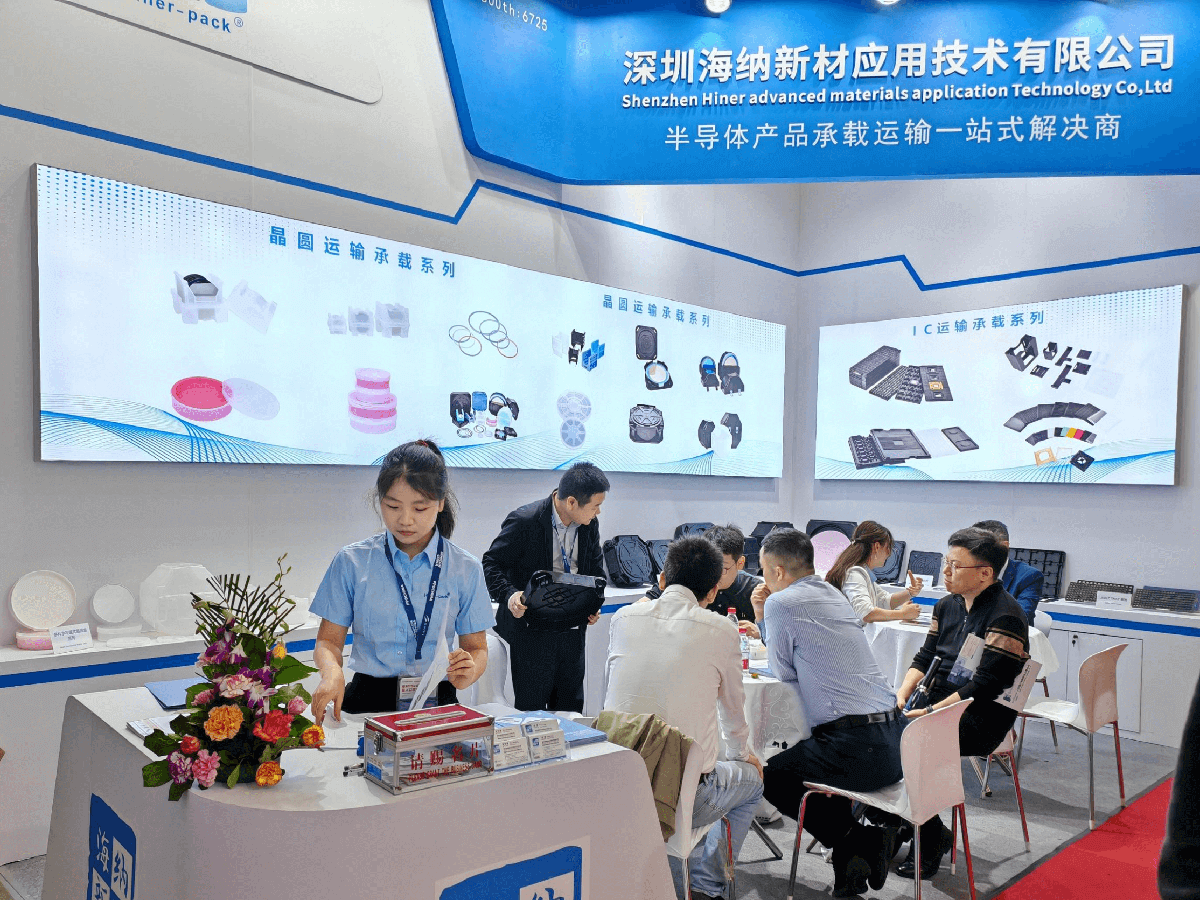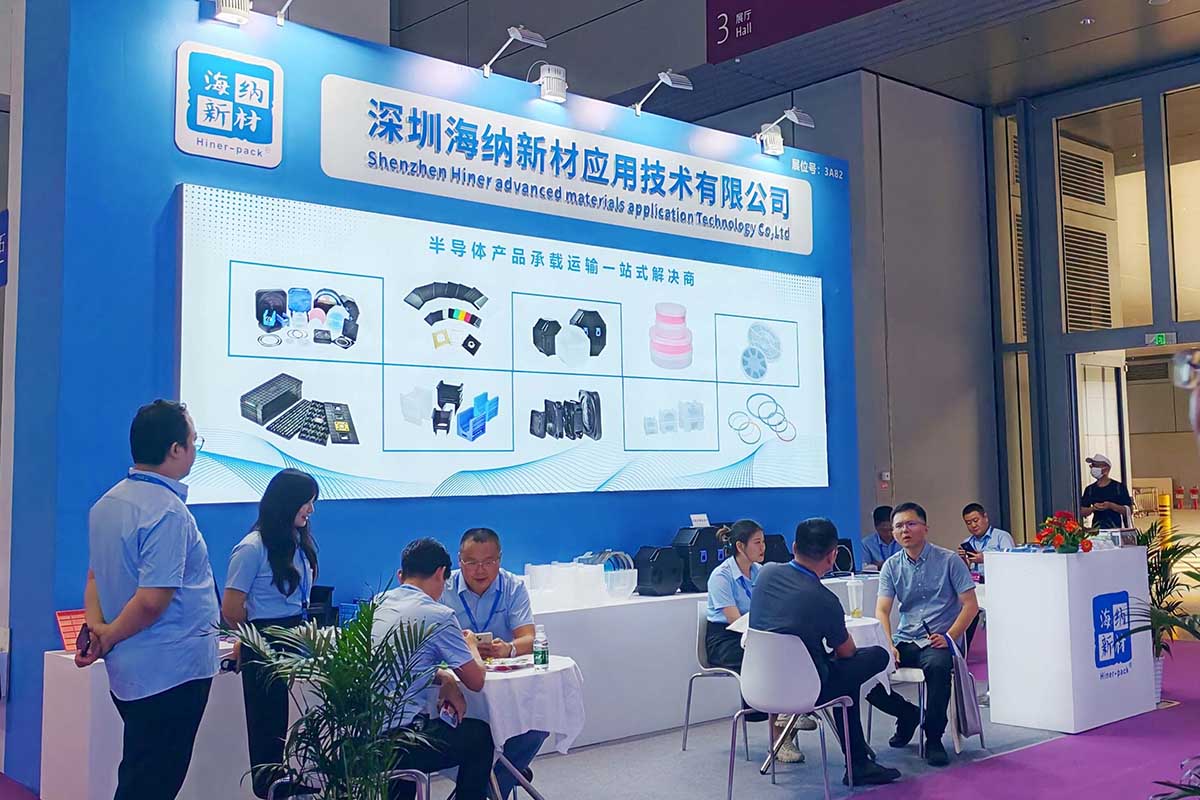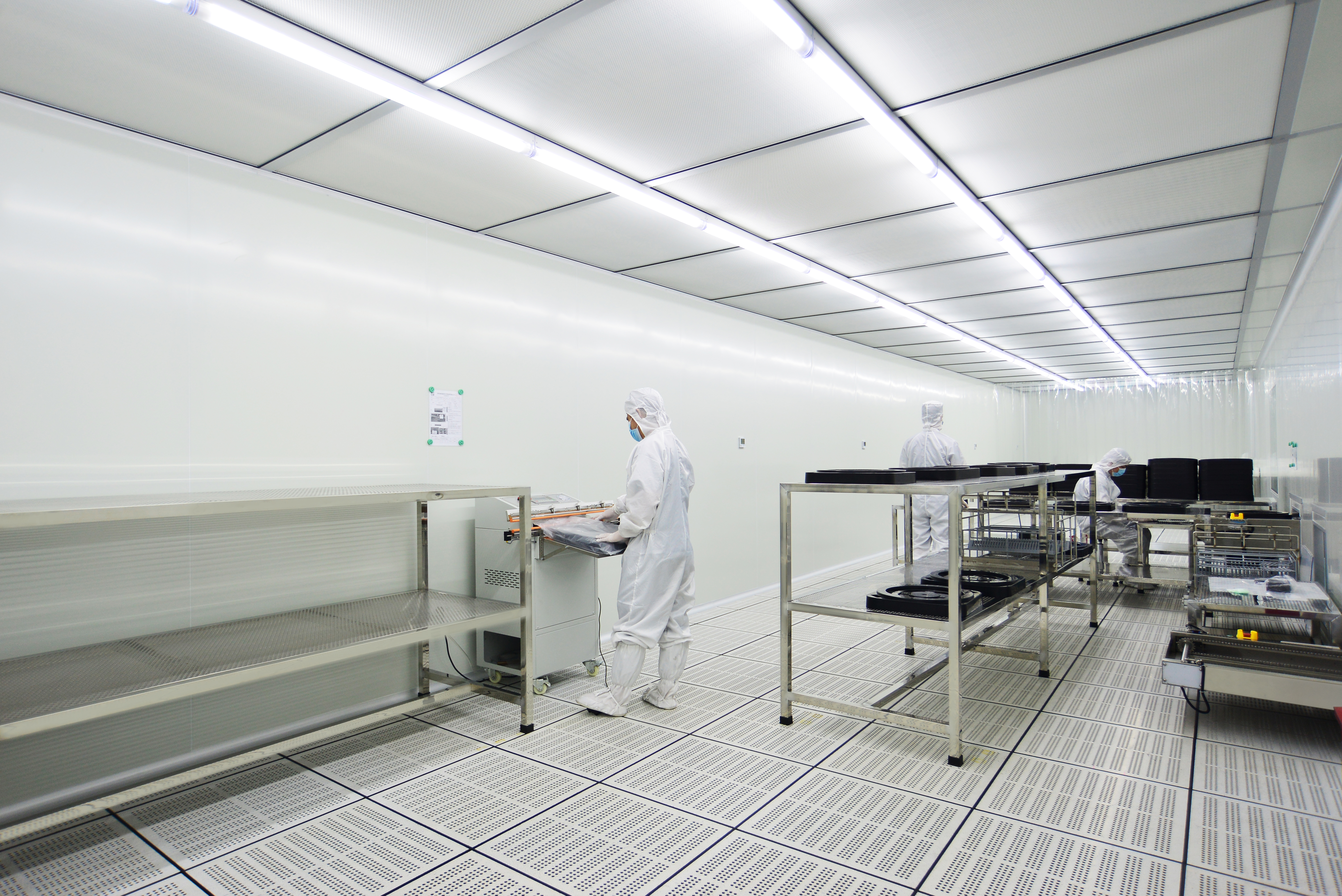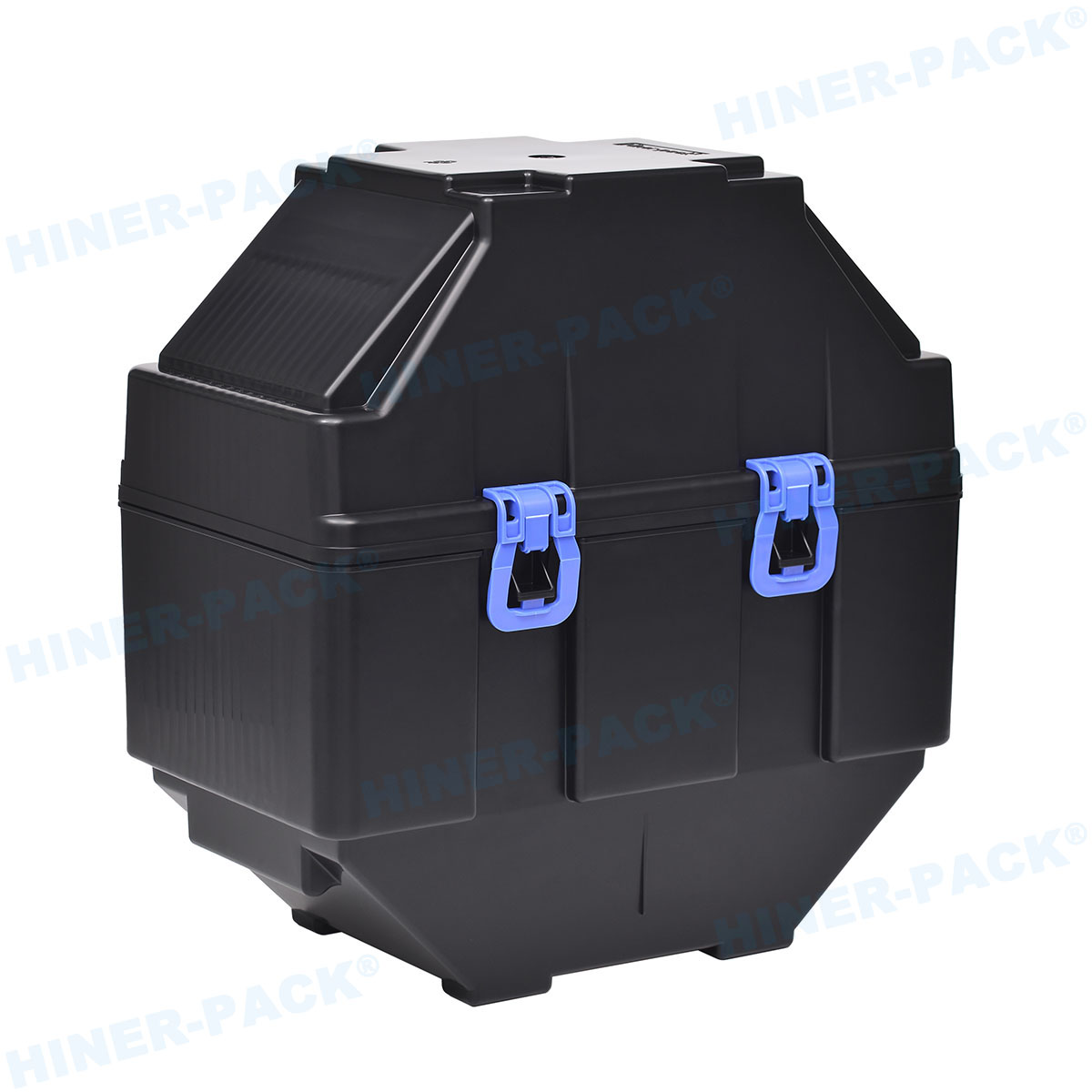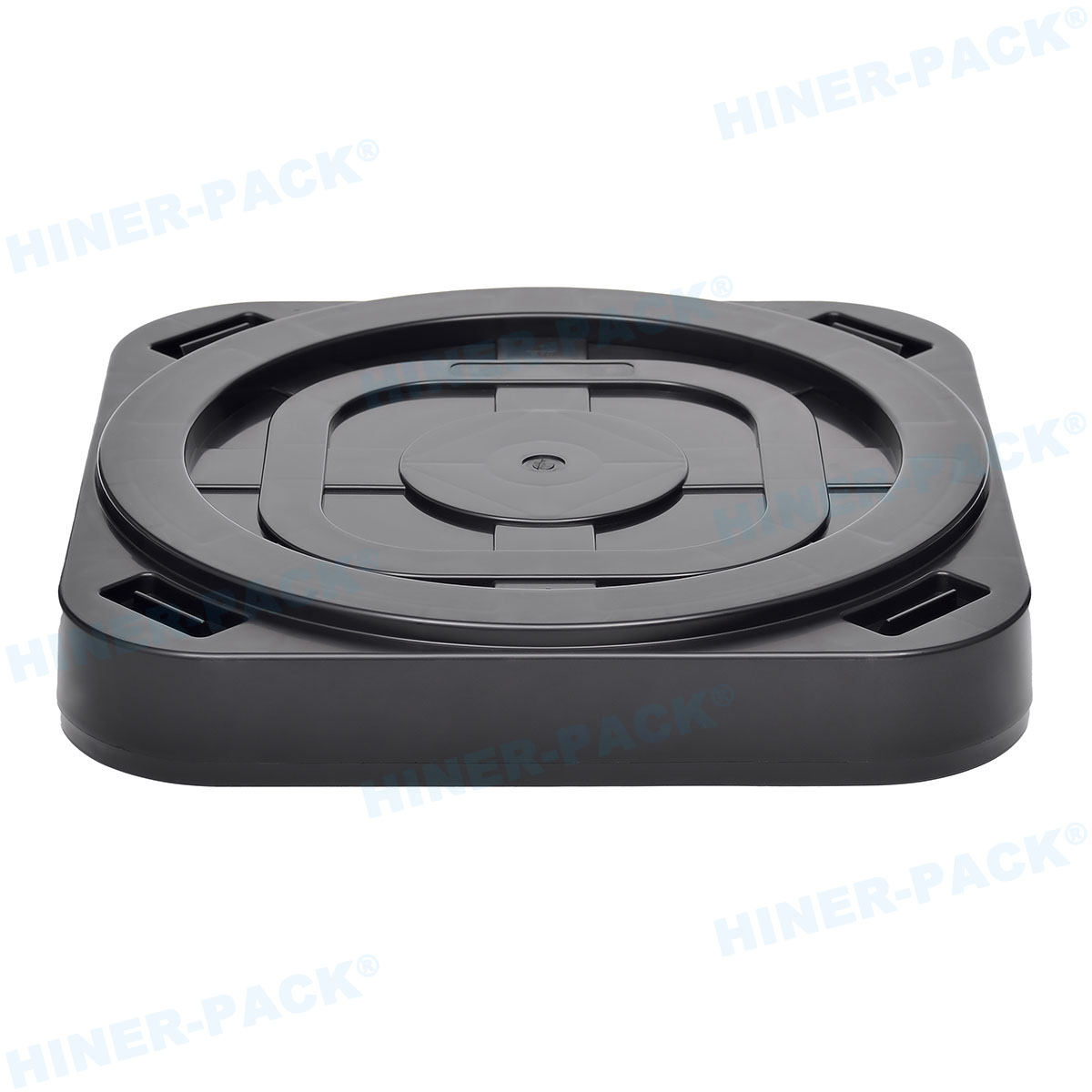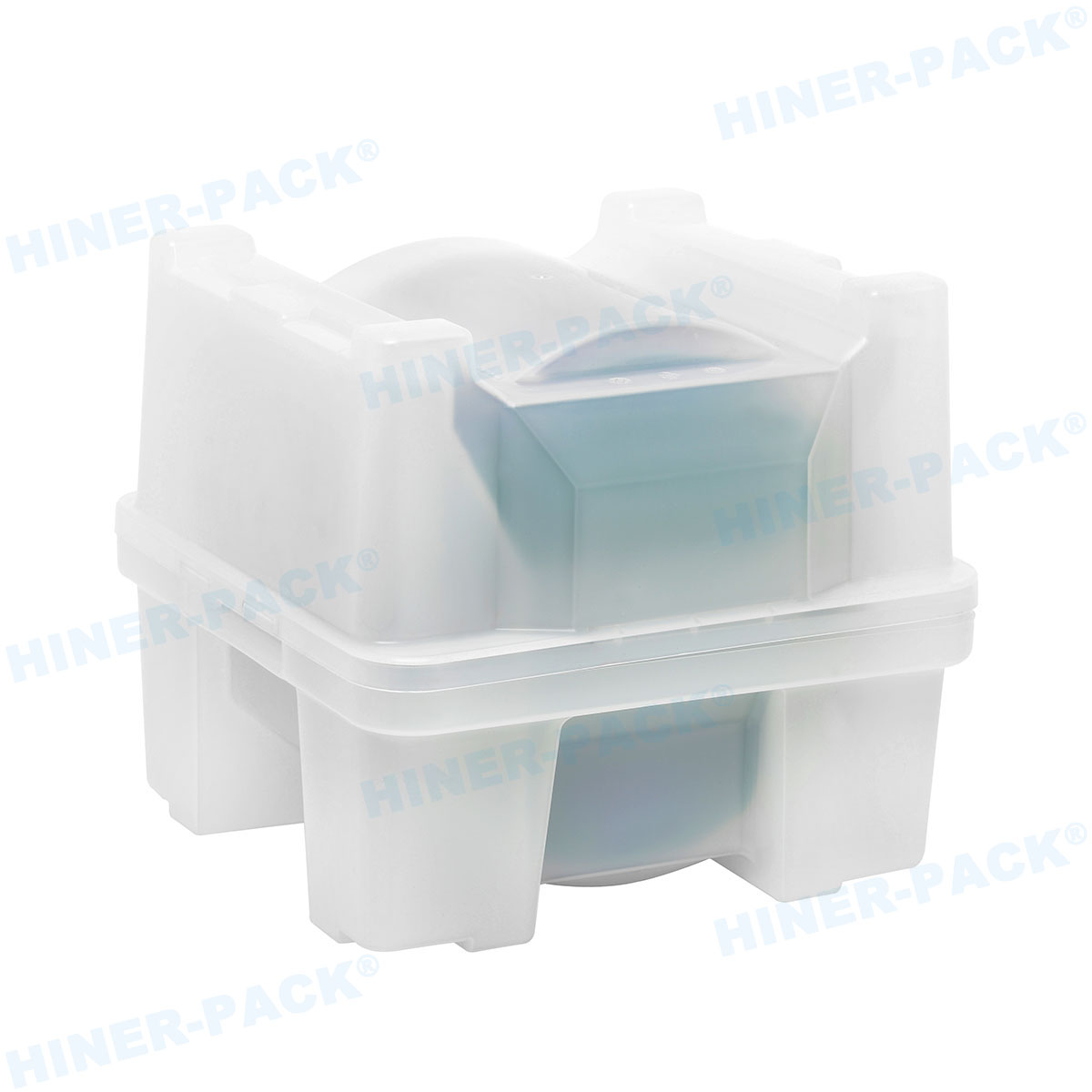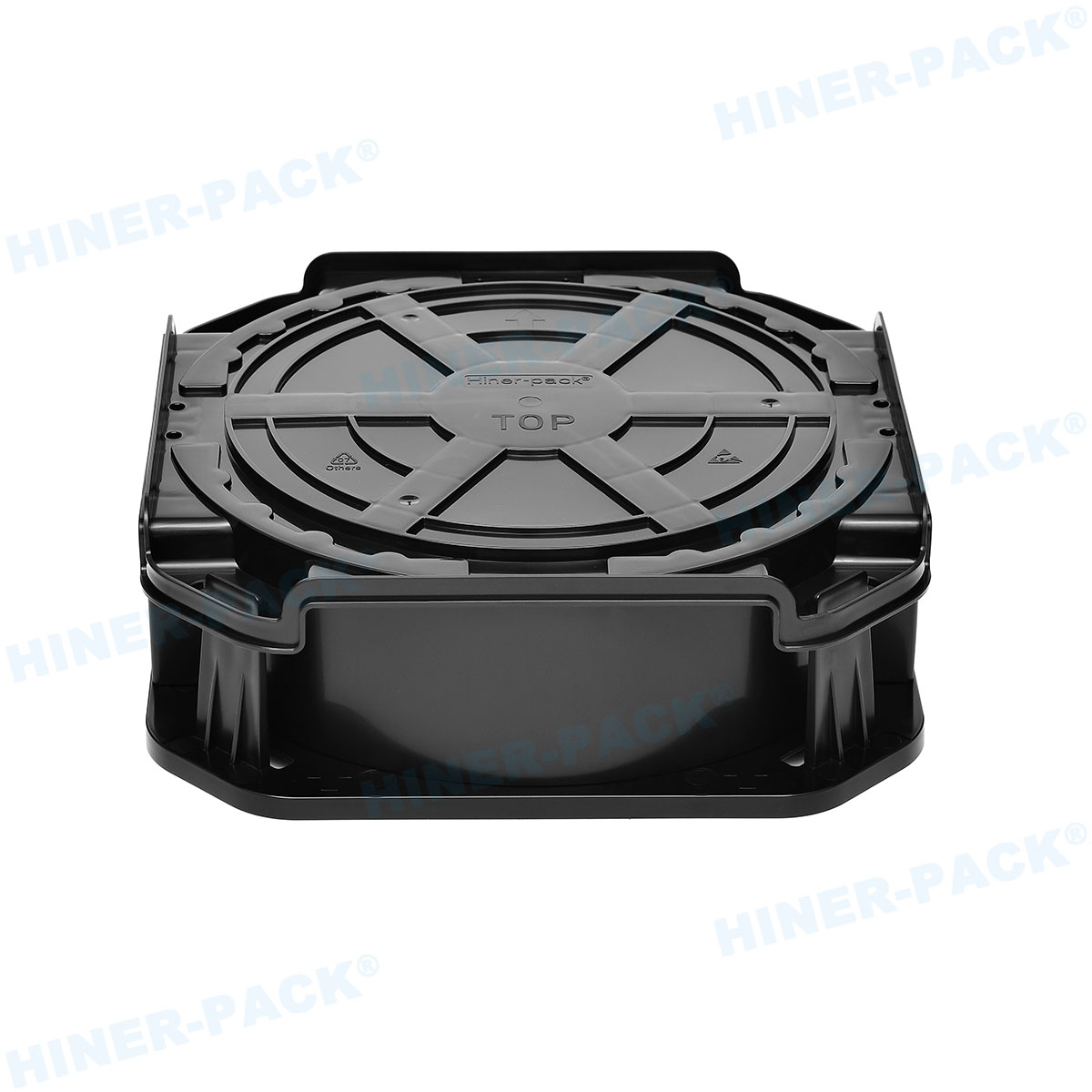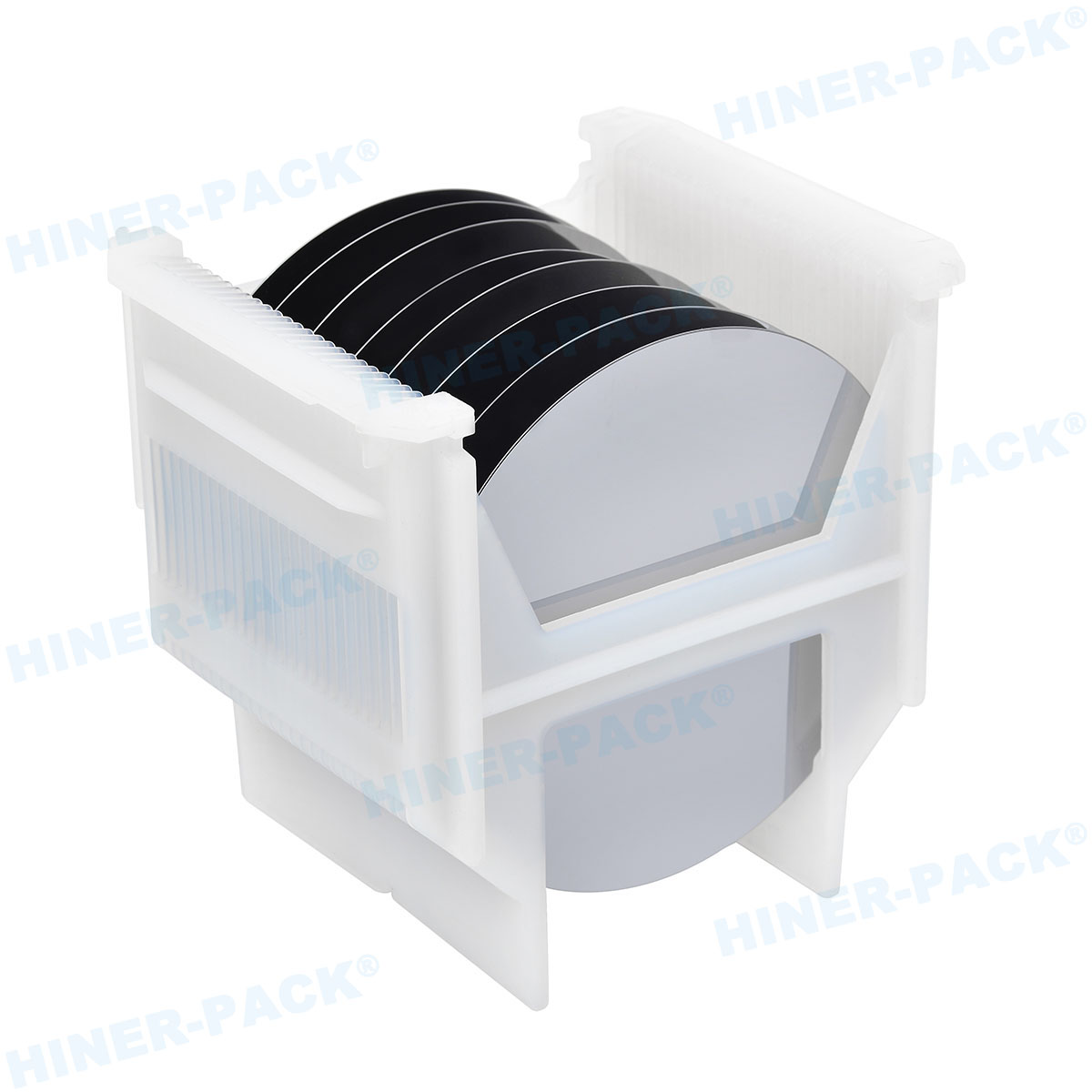In the highly precise world of semiconductor manufacturing, every component plays a critical role in ensuring the integrity and yield of microchips. Among these, the silicon wafer cassette stands out as a fundamental element for handling and transporting delicate silicon wafers. A silicon wafer cassette is essentially a container designed to hold multiple wafers securely during various stages of production, from fabrication to inspection. As the industry advances with smaller nodes and higher purity requirements, understanding the nuances of wafer storage solutions—such as silicon wafer carrier and silicon wafer boxes—becomes paramount. This comprehensive guide delves into the key aspects of silicon wafer cassette systems, including a detailed comparison of FOUP vs FOSB differences, best practices for cleaning, and common problems faced by professionals. Whether you're an engineer, technician, or enthusiast, this article will provide valuable insights to optimize your processes and avoid costly errors. By exploring these topics, we aim to highlight why proper handling with reliable silicon wafer cassette units is indispensable for maintaining wafer quality and maximizing production efficiency.
The importance of a silicon wafer cassette cannot be overstated. In cleanroom environments, even minute contaminants can lead to defects, resulting in significant financial losses. Thus, selecting the right type of cassette, whether it's a standard carrier or advanced front-opening unified pod (FOUP), is crucial. This article will systematically cover the essentials, starting with a basic definition and moving into specialized areas like FOUP and FOSB variants. We'll also address practical concerns, such as how to clean a wafer cassette effectively, and conclude with troubleshooting common issues. With the global semiconductor market growing rapidly, staying informed about these components is key to staying competitive. Let's begin by exploring what exactly a silicon wafer cassette is and how it functions within the ecosystem of wafer handling.
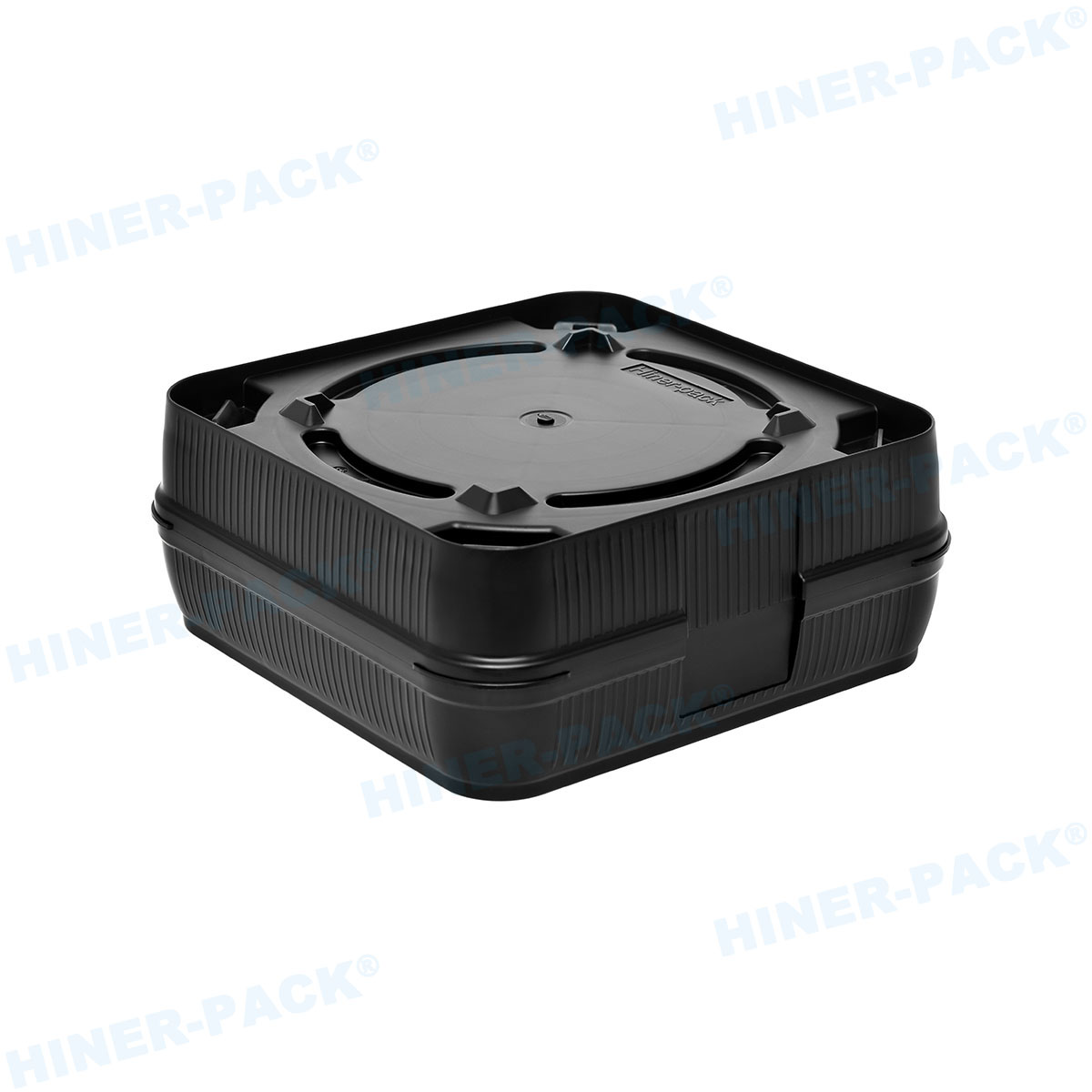
What is a Silicon Wafer Cassette?
A silicon wafer cassette is a specialized container used to store and transport silicon wafers in semiconductor manufacturing facilities. Typically made from high-purity materials like polycarbonate or stainless steel, these cassettes are designed to hold wafers in a vertical or horizontal orientation, preventing contact and minimizing the risk of damage. The standard silicon wafer cassette can accommodate various wafer sizes, such as 200mm, 300mm, or even larger diameters, and often features slots or grooves that securely cradle each wafer at precise intervals. This design ensures that wafers remain separated, reducing the likelihood of scratches or particle generation during movement.
The primary function of a silicon wafer cassette is to facilitate safe handling throughout the production line, from lithography to etching and doping. In many cases, the term silicon wafer cassette is used interchangeably with silicon wafer carrier or silicon wafer boxes, though there are subtle distinctions. For instance, a silicon wafer carrier might refer to a more robust, sealed unit used for inter-factory transportation, while silicon wafer boxes could denote simpler storage containers. Regardless of terminology, the core purpose remains: to protect the wafers from environmental contaminants, physical stress, and electrostatic discharge. Modern silicon wafer cassette designs often incorporate features like RFID tags for tracking and compatibility with automated handling systems, underscoring their evolution alongside industry demands.
Understanding the basics of a silicon wafer cassette is the first step toward appreciating its role in yield management. As wafers become thinner and more fragile, the cassette's structural integrity and material purity are critical. In the next sections, we'll delve deeper into related concepts like carriers and boxes, as well as advanced pod systems, to provide a holistic view of wafer packaging solutions.
Silicon Wafer Carrier and Silicon Wafer Boxes: Definitions and Applications
When discussing wafer storage, the terms silicon wafer carrier and silicon wafer boxes often arise alongside silicon wafer cassette. While they share similarities, each serves distinct purposes in the semiconductor workflow. A silicon wafer carrier typically refers to a durable, enclosed container used for long-distance transport or extended storage. These carriers are engineered to meet rigorous standards, such as SEMI guidelines, and often include sealing mechanisms to maintain a clean environment. For example, a silicon wafer carrier might be used to ship wafers between a foundry and an assembly plant, ensuring protection against moisture, particles, and mechanical shock.
On the other hand, silicon wafer boxes are generally simpler, open containers used for short-term storage or within specific process tools. They might be made from lower-cost materials and lack the advanced sealing of carriers. However, both silicon wafer boxes and carriers are integral to organizing wafers in batches, and they often interface with silicon wafer cassette systems in automated lines. The key difference lies in their application: carriers emphasize mobility and contamination control, while boxes focus on accessibility and cost-effectiveness.
In practice, a silicon wafer cassette can be a type of carrier or box, depending on its design. For instance, a front-opening unified pod (FOUP) is a high-end silicon wafer carrier that also functions as a cassette within fab tools. This overlap highlights the importance of context when selecting equipment. When choosing between a silicon wafer carrier and standard boxes, factors like wafer sensitivity, transport duration, and cleanroom class must be considered. As we move to discuss FOUP and FOSB systems, we'll see how these concepts converge in advanced packaging solutions that dominate modern fabs.
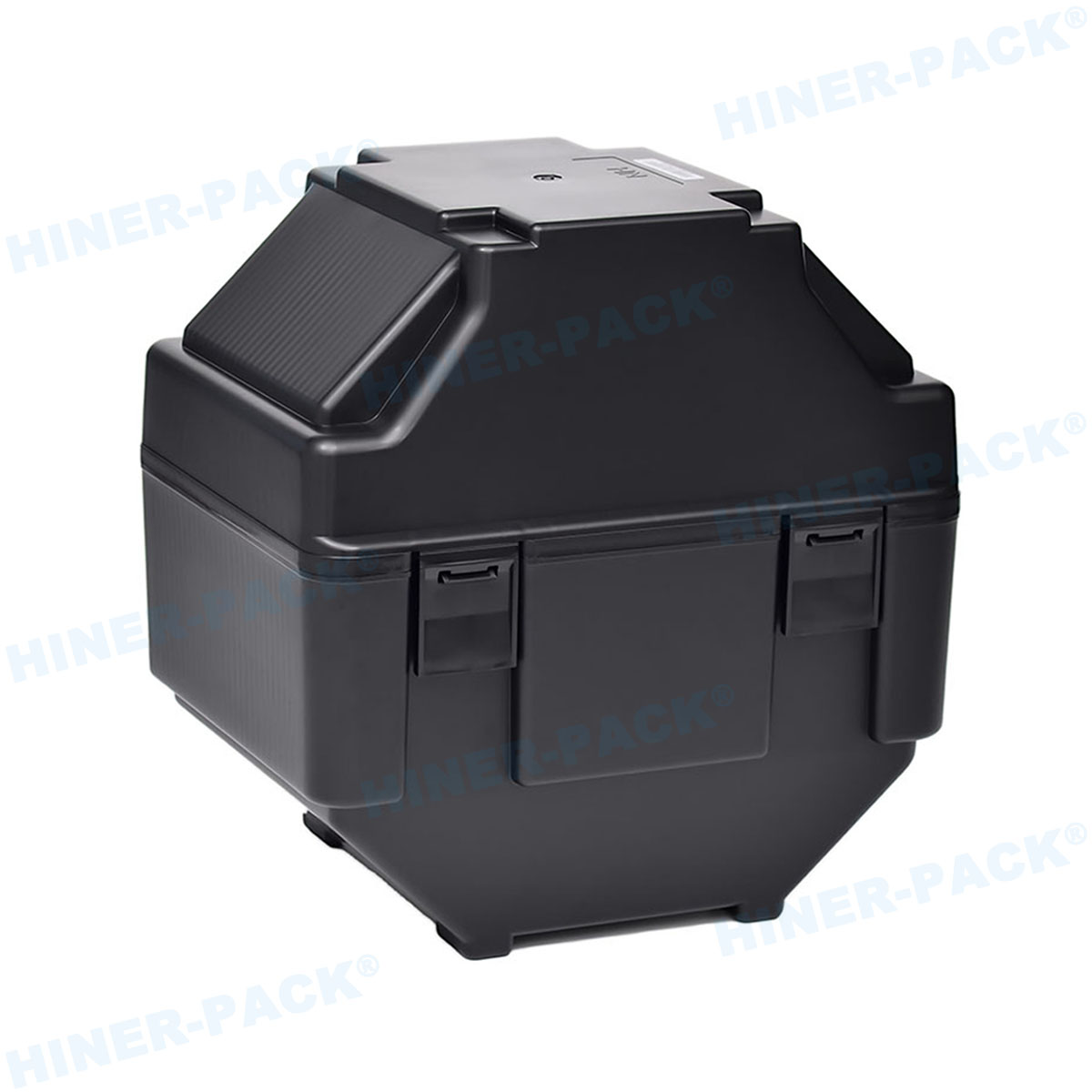
FOUP vs FOSB: Key Differences and Industry Implications
The debate between FOUP (Front-Opening Unified Pod) and FOSB (Front-Opening Shipping Box) is central to understanding modern silicon wafer cassette technology. Both are types of silicon wafer carrier designed for 300mm wafers, but they serve different phases of the manufacturing process. A FOUP is a reusable, sealed pod used within the fabrication facility to protect wafers during processing. It features a front-opening door that integrates with tool ports, allowing wafers to be transferred in a minienvironment without exposure to the cleanroom atmosphere. This design minimizes contamination and is ideal for high-volume production lines.
In contrast, a FOSB is primarily intended for shipping wafers between locations. It is often single-use or limited-reuse, with a simpler sealing mechanism to reduce costs. The key differences between FOUP and FOSB lie in their durability, cost, and application. FOUPs are built for long-term use with rigorous cleaning cycles, while FOSBs are disposable alternatives for logistics. This FOUP vs FOSB difference is critical for cost management: using a FOSB for shipping avoids contaminating expensive FOUPs, which are reserved for internal fab operations.
The FOUP vs FOSB difference also impacts handling protocols. For example, a FOUP requires regular maintenance and cleaning, as outlined in later sections, whereas a FOSB might be discarded after use. Understanding this distinction helps in optimizing inventory and reducing cross-contamination risks. In terms of silicon wafer cassette evolution, the adoption of FOUP systems represents a shift toward standardized, automated handling, while FOSBs address the need for economical transport solutions. As wafer sizes increase and processes become more complex, the choice between FOUP and FOSB will continue to influence efficiency and yield in semiconductor manufacturing.
How to Clean a Wafer Cassette: Best Practices and Step-by-Step Guide
Proper cleaning of a silicon wafer cassette is essential to prevent defects and maintain high yields. Contaminants like particles, residues, or electrostatic charges can adhere to cassette surfaces, transferring to wafers during handling. The process of how to clean a wafer cassette varies based on the type—whether it's a standard cassette, FOUP, or carrier—but generally follows a systematic approach. First, always refer to manufacturer guidelines and SEMI standards for specific requirements. Below is a general step-by-step guide for cleaning a silicon wafer cassette.
Preparation and Disassembly: Begin by moving the cassette to a dedicated cleaning area, preferably a Class 1 or better cleanroom. If the silicon wafer cassette is designed for it, disassemble any removable parts, such as doors or inserts, to ensure thorough cleaning. Use anti-static tools to avoid generating particles.
Dry Cleaning: Use a high-efficiency particulate air (HEPA) vacuum or nitrogen gun to remove loose particles from the cassette surfaces. This step is crucial for how to clean a wafer cassette effectively, as it reduces the load for wet cleaning.
Wet Cleaning: Prepare a cleaning solution, often deionized water with a mild detergent or isopropyl alcohol, depending on the contamination level. Immerse the cassette or wipe it down with lint-free wipes. For critical applications, ultrasonic baths can be used to dislodge stubborn residues. Ensure the solution is compatible with the cassette material to avoid degradation.
Rinsing and Drying: Rinse the cassette thoroughly with deionized water to remove any cleaning agent residues. Then, dry it using a nitrogen blow-off or a cleanroom-approved oven at low temperatures. Proper drying is vital to prevent water spots or microbial growth.
Inspection and Reassembly: Inspect the cassette under a microscope or with a particle counter to verify cleanliness. Reassemble any parts and conduct a functional test, such as checking door seals for FOUPs. Document the cleaning cycle for traceability.
Regular cleaning schedules are part of preventive maintenance. For a silicon wafer carrier used in shipping, cleaning might be less frequent but should still follow similar protocols. Additionally, automated cleaning systems are available for high-throughput fabs. By mastering how to clean a wafer cassette, operators can extend its lifespan and ensure consistent performance. Next, we'll explore common problems that can arise even with proper cleaning.
Common Problems with Silicon Wafer Cassettes and Troubleshooting Tips
Despite advancements in design, silicon wafer cassette systems are prone to various issues that can compromise wafer integrity. Understanding these common problems is key to proactive maintenance. Here, we list frequent challenges and offer troubleshooting tips.
Particle Contamination: This is the most prevalent issue, where dust or debris accumulates inside the cassette. It often stems from improper cleaning or handling. Solution: Enhance cleaning protocols as described in the previous section, and use particle monitoring tools. For silicon wafer boxes or carriers, ensure they are stored in sealed environments when not in use.
Mechanical Damage: Cassettes can suffer from cracks, warping, or slot misalignment due to rough handling or age. This can cause wafer breakage. Solution: Regularly inspect cassettes for physical defects and replace worn units. Train personnel on gentle handling techniques.
Electrostatic Discharge (ESD): Static electricity can attract particles or damage sensitive wafers. This is common in low-humidity environments. Solution: Use ESD-safe materials in cassette construction and employ ionizers in storage areas. For silicon wafer carrier units, consider conductive versions.
Seal Failures in FOUP/FOSB: If the door seal of a FOUP or FOSB degrades, it can lead to contamination during transport or processing. Solution: Perform routine seal checks and replace them as needed. This ties into the FOUP vs FOSB difference—FOUPs require more frequent seal maintenance due to reuse.
Incompatibility with Automation: As fabs adopt robotics, cassettes that don't meet precise dimensions can cause jams or misalignments. Solution: Verify compatibility with SEMI standards and upgrade to modern silicon wafer cassette designs if necessary.
Chemical Residues: Leftover cleaning agents or process chemicals can contaminant wafers. Solution: Ensure thorough rinsing during cleaning and use high-purity chemicals.
By addressing these issues early, companies can minimize downtime and scrap rates. Regular audits and staff training are essential. In conclusion, a well-maintained silicon wafer cassette is a cornerstone of efficient semiconductor manufacturing.
The silicon wafer cassette may seem like a simple container, but its role in semiconductor production is profound. From basic silicon wafer boxes to sophisticated FOUP systems, these components ensure that wafers remain pristine through complex processes. As technology evolves, with trends like 450mm wafers and IoT-driven smart fabs, the demand for advanced silicon wafer carrier solutions will grow. Innovations in materials, such as carbon-composites for lighter weight, and IoT integration for real-time monitoring, are on the horizon.
Moreover, the lessons from FOUP vs FOSB differences and cleaning protocols underscore the need for continuous improvement. By adhering to best practices and staying vigilant about common problems, industry players can achieve higher yields and lower costs. Ultimately, mastering the intricacies of the silicon wafer cassette ecosystem is not just about handling wafers—it's about driving the future of electronics. We hope this guide has provided a solid foundation for optimizing your operations. Remember, in the world of semiconductors, attention to detail in components like the cassette can make all the difference.



